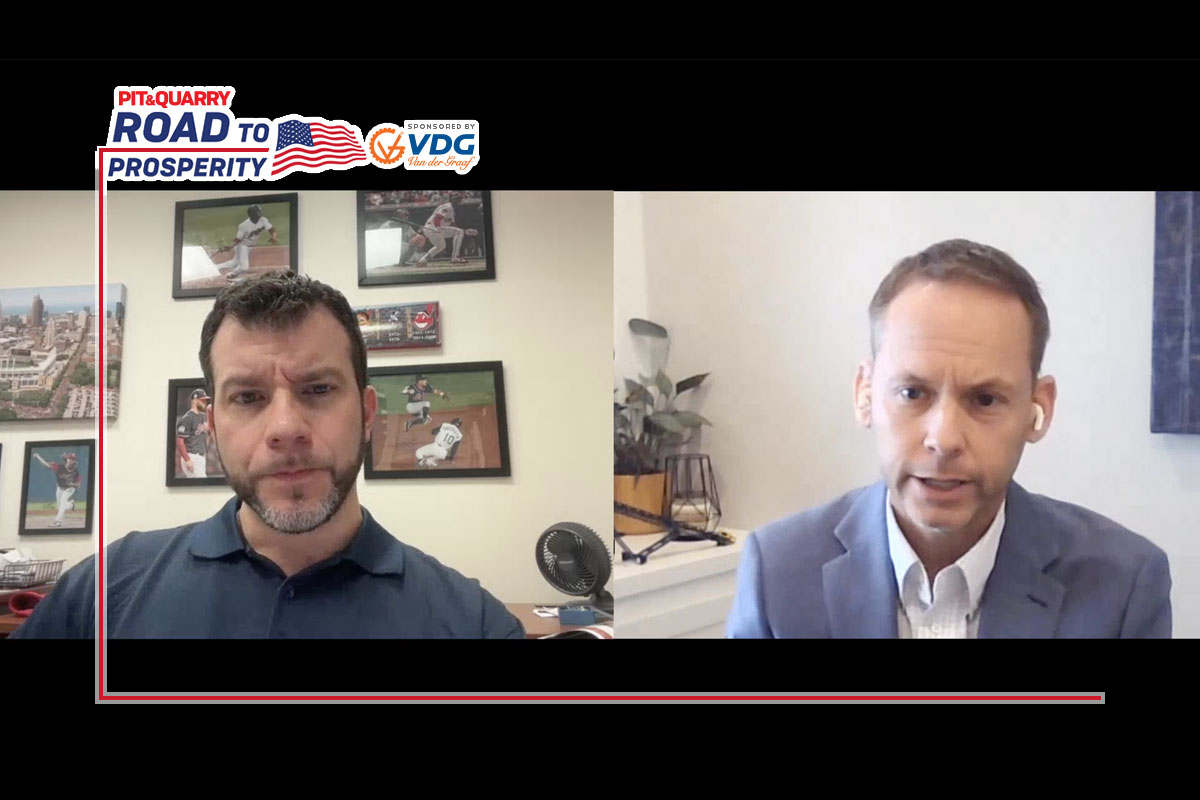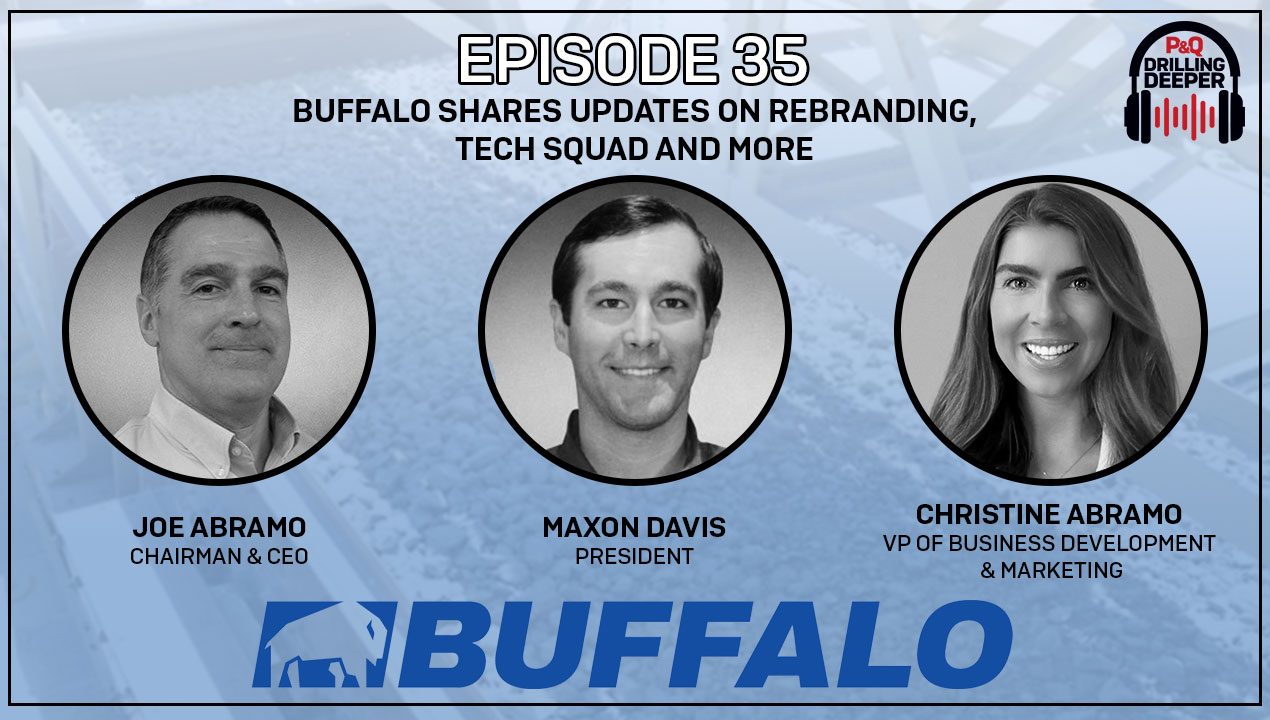Anderson Columbia’s Ronaldo Dos Santos discusses the impact the COVID-19 pandemic had on mine safety and how industry companies – including his – are reinvigorating their programs with fresh approaches to training, modern technology and new strategies.
Featured Photo: P&Q Staff
Van der Graaf is the leader in the design and manufacturing of drum motors for belt conveyors, with a strong focus on reliability and longevity. The GrizzlyDrive Drum Motor provides a robust, maintenance-free belt drive solution for mining and aggregate conveyors. Learn More.
Transcription
Kevin Yanik: Ronaldo, you hit on safety, and we’re gonna be covering that during the ’25 Roundtable here today, but at Anderson Columbia, I’m wondering what safety means, what approaches you take. Every company kind of has a different model, and similar philosophy in that obviously you’re aiming for ultimate safety to send people home at the end of the day safely. But tell us a little bit about Anderson Columbia’s approach and how you guys go about it.
Ronaldo Dos Santos (Anderson Columbia): Yeah, when you look at the last five years, I think we always going to need to talk about the impact that COVID had in the industry, in the mining industry, and in general. I think it was a tragic, a lot of fatalities involved with that. But the two important implications, also, on the mining side, was resulting in the implementation of isolating people. And so in 2020, ’21 and ’22 I think there was a disconnection between the employee and the supervisors, right? Because you try to, you know, to separate and isolate, protect each of the employees. And so I think one of the results of this process was, unfortunately, the high fatality in 2023 right? Because once COVID was gone and we start to increase production, I mean, you saw a terrible spike in the numbers of fatalities. And I think in 2024 the companies started to come back to the training and interaction. And even with COVID, we have a lot of experienced people getting out of the job market. And so in situations where you had a site with four employees and one new employee, so you have a mix of people who already have the safety culture with one employee coming on board and incorporating that safety culture, you have the inverse. So you have just one single experience employed, and four employees are trying to, you know, to be developed, but they didn’t have a lot of reference. And I think that was an issue there.
You were asking about the 2025. We are going to be reinforcing the training aspect in a sense, where we customize that training for new miners, one, two years. So basically reinforcing the hazard identification as well as, you know, speaking up if they see something, right? To be comfortable in doing that and doing it professionally. And we, in Anderson Columbia, we develop a lot of people that start as a labor, then ground man, then operator. And, you know, all the sudden they are taking a leadership position. So we are trying to provide training that help them with this new rule. And in that note, I mean we are trying to customize training for holding people accountable, coaching process. And so that interaction between the, you know, the employee, the supervisor, I think, is very important, right? For safety. Also the incorporation of new technology, right? So we are migrating our daily work exam from paper to digital. That not only help us to capture better the information, because, you know, you get to take pictures when you see something that’s not ideal or is representing a hazard, and the supervisor can see these immediately.
Also, the system allows us to issue weekly reports where we can see trends or see areas that needs to have more focus on. Another initiatives is to create safety committees in our sites, where we get employees that has the potential for leadership, so they can help the supervisor to communicate better with the employees and help with the risk assessment, helping with the training of new employees and be a reference for the department or for a group of employees.


